Low Glycemic Index Fruits for Diabetic People
By Dr. Akash N. Shah +2 more

Get,

to manage your symptom
Get your,


4 Cr+ families
benefitted

OTP sent to 9988776655



You’ve successfully subscribed to receive
doctor-approved tips on
Whatsapp

Get ready to feel your best.

Hi There,
Download the PharmEasy App now!!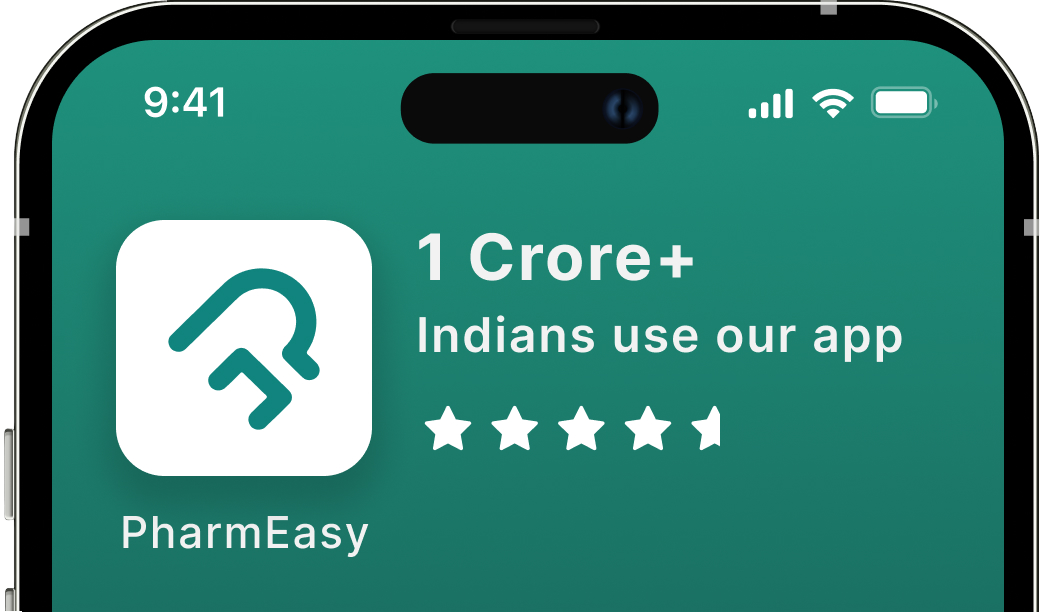


Register to Avail the Offer
Send OTPBy continuing, you agree with our Privacy Policy and Terms and Conditions

Hi There,
Sign up on PharmEasy now!!
Trusted by 4 crore+ families

OTP sent to 9988776655



You have unlocked 25% off on medicines




Code: NU25

Comments


Leave your comment here
By Dr. Akash N. Shah +2 more
Table of Contents
The Glycemic Index is the value assigned to a food item based on how quickly it releases glucose into the blood. The primary energy source in the blood is glucose. If a particular food item has a high glycemic index, it means that it releases energy into the blood at a quicker rate and vice versa1.
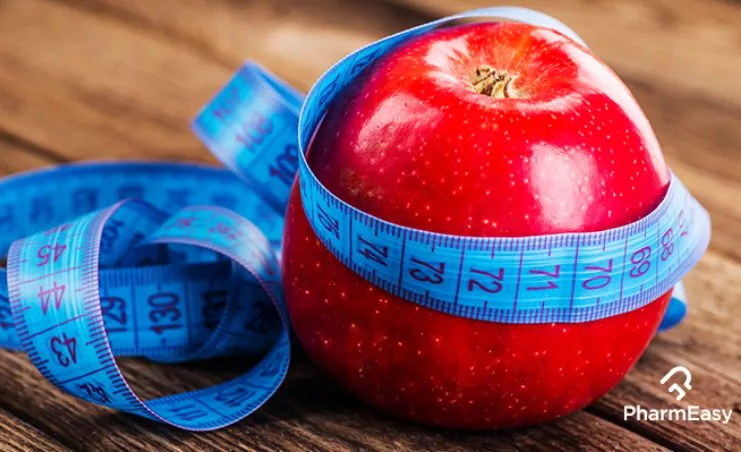
A faster energy release means a steeper spike in blood sugar levels, something that is not conducive to a person who has diabetes. Since they already have trouble with controlling the blood sugar in their bodies, sudden crests and troughs make their condition worse and put them at a higher risk of other organ failures. Therefore, it is advised that people with diabetes eat fruits with a low glycemic index, i.e., fruits suitable for diabetes.
Fruits are a healthy snack option for diabetics because the sugar, fructose, present in them is not readily absorbed by the human body. Therefore, the spike in blood sugar is gradual and good for the system. Also, fruits provide an excellent source of fibre and help you feel fuller for longer. This, in turn, leads to proper weight management and prevents obesity. Here are ten fruits for people with diabetes that have a low glycemic index.
Did You Know?
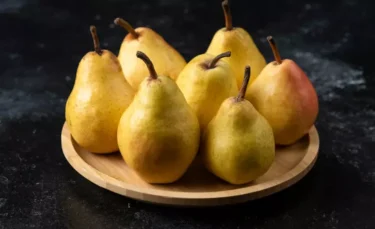
These have a glycemic index of 382. A versatile fruit, it can be poached, baked, or eaten as is. The healthiest option is to eat them with their peel on, as the amount of vitamins and minerals is highest just under the skin.

Oranges have a glycemic index of 40. Apart from providing a boost of vitamin C, oranges offer a good dose of fibre. Many people choose to have orange juice, which isn’t a healthy alternative, as the juice has all the calories but no fibre.
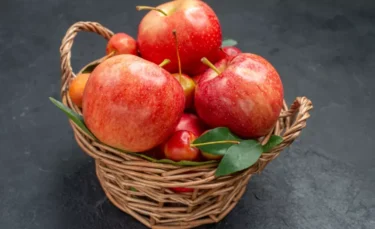
With a glycemic index of 394, apples provide you with fibre and a dash of crunch. They make a hearty salad, as well as baking and cooking options. Apart from this, they have an added advantage as they are gut-friendly and boost your iron levels.

The little fruits pack a punch. They have a glycemic index of just 20, but are abundant in nutrients. Rich in potassium, antioxidants, and fibre, cherries are good for your immune system and your heart5. They have a rather short growing season, so canned cherries can be substituted as long as they are low in sugar.

This citrus fruit has a glycemic index of 25. Vitamin C, antioxidants, potassium and fibre are some of the nutrients they are rich in. Grapefruits help maintain healthy heart function and are good for digestion. They also boost immunity6.
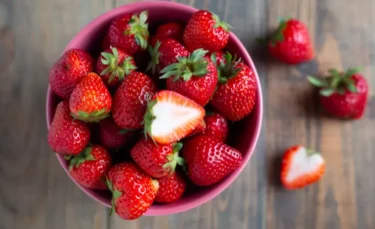
One of the favourites with young and old alike, Strawberries can be baked, cooked or had in their natural form. They make for exciting partners with drinks and food. Their glycemic index is 41.
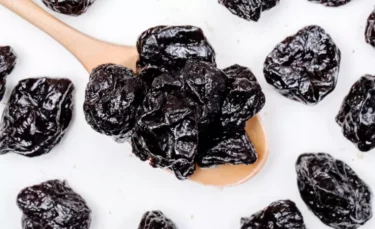
These have a GI of 29. People who suffer from constipation swear by them as they are potent natural laxatives7. The fibre in prunes adds bulk to the stool and also reduces cholesterol.
From experience, let me tell you about the magic of tomatoes! It’s like a magical product that may aid diabetics. 32 calories, 7 grams of carbohydrates, and 2 grams of fibre are included in one cup of sliced or diced tomatoes3, making it an ideal food for people with diabetes.
Dr. Siddharth Gupta, B.A.M.S M.D (Ayu)
Also Read: How Helpful Is Homeopathy for Controlling Diabetes?
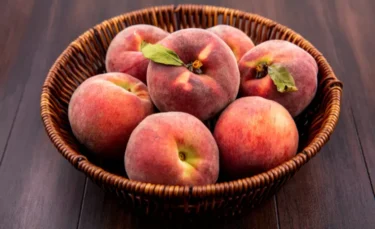
Succulent and juicy, what is there not to love about peaches? With a glycemic index of 45, they are a good option for people with diabetes. Rich in essential vitamins, minerals, and antioxidants8, peaches provide a delicious alternative to calorie-laden desserts.
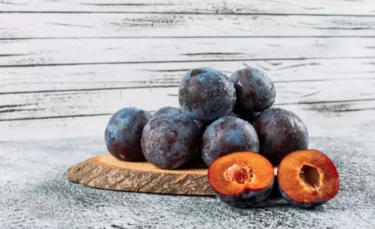
Plums have a glycemic index of 40. Because they bruise quickly, you might have difficulty laying your hands on them. They are rich in antioxidants and are juicy9.
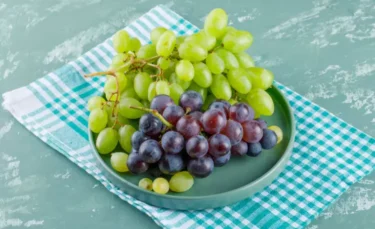
Grapes have a glycemic index of 53. They provide fibre, vitamin B-6 and other essential minerals in ample amounts10. They are good for digestion, boost one’s moods and support efficient brain function.

This dry fruit has a glycemic index of 32. It can be considered one of the low-glycemic index fruits. They provide vitamins A and E, as well as a bite-sized portion of copper. Like any other dried fruit, apricots contain a good amount of sugar11. Hence, make sure to consume them in smaller portions. One issue with having dried apricots is that they bruise quite easily. As a result, many ship them in to avoid this problem.
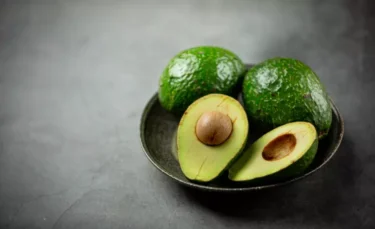
This is one fruit where its glycemic index depends on how ripe it is. In general, studies12 point to a number below 55, making it one of the lower GI fruits. Another research13 done on the Nigerian avocado reveals its index to be much more than 40! And wait till you hear this. A completely raw and peeled avocado is said to have a glycemic index of nearly zero.
Regardless of the indices, it is a fact that the fruit contains very little sugar. One of the main sugars found in it is called D-mannoheptulose, which is known to help monitor blood sugar management.
Some benefits of eating avocados include helping to lower the risk of metabolic syndrome, which can increase the chances of developing diabetes. It can also help in reducing the chances of many blood vessel diseases like kidney failure, heart disease, and even a stroke.
Also Read: Ketosis and Ketoacidosis: How Are They Different?

Guava is on the list of low-glycemic index fruits with a score of 12! You can add this fruit to a meal or simply have it as a snack. Due to its high fibre content, the fruit keeps you fuller for a longer time, which can help maintain good health. The fruit is also important in lowering blood sugar levels, especially in patients with type 2 diabetes14. A pro tip: eat the fruit without the peel, as it helps lower total serum cholesterol and triglycerides.

Having a GI score of 23, Tamarind is high in fibre. It is also packed with a variety of vitamins and minerals, including potassium, iron, B1, B2, C, K, and more. The fruit also has antioxidant and anti-inflammatory properties, which can help protect against diseases like cancer, diabetes, and heart-related conditions15.
The next time you feel hungry, opt for one of the prescribed fruits for diabetes.
I recommend all diabetics watch out for the quantity of mango they’re consuming. Consuming mango fruit is healthy! The necessary nutrients and fibre are present. However, some varieties may contain more naturally occurring sugar than others. From my observation, one mango, for instance, contains a staggering 46 grams of sugar, making it a poor choice if you’re trying to control your sugar intake or weight. You might have a few slices now and keep the remaining for afterwards.
Dr. Rajeev Singh, BAMS
Also Read: Is Coconut Water Good for Diabetes? A Fact-Based Discussion
Disclaimer: The information provided here is for educational/awareness purposes only and is not intended to be a substitute for medical treatment by a healthcare professional and should not be relied upon to diagnose or treat any medical condition. The reader should consult a registered medical practitioner to determine the appropriateness of the information and before consuming any medication. PharmEasy does not provide any guarantee or warranty (express or implied) regarding the accuracy, adequacy, completeness, legality, reliability or usefulness of the information; and disclaims any liability arising thereof.
Comments

Leave your comment...

View all comments(1)
You may also like
Thank you for great information about good fruits and foods for diabetics. Is advisable to eat a mixture of fruits at the same serving?